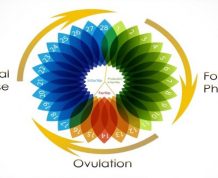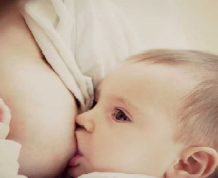We are lucky to live in a country where medical technology has advanced so much. The large majority of babies in the USA are born healthy, and we are fortunate for that. Claim Your 20 Free Pregnancy Tests – Click Here
However, our medical technologies are not perfect. Somewhere around three in one hundred babies is born with some sort of a birth defect. Today we are going to discuss a few of the most common birth defects.

When people think of birth defects, one of the ones that comes to mind the most is cleft lip/cleft palate. In Caucasian babies, only about one in seven hundred are affected, but cleft lip and cleft palate is much more common in babies from Asia.
The cause of cleft lip is not fully known. Doctors guess that it is probably a mix of genetic and environmental factors. Sometimes cleft lip can affect a baby’s developing language skills. Cleft lips should be surgically repaired by around three months of age, and cleft palate should be surgically repaired between six and twelve months.

Congenital Heart Defects are the most common birth defects in babies today. They occur in somewhere around one in one hundred babies, and there are many different reasons for them. Some heart defects are so mild that they go unnoticed, while others might be life threatening. However, most congenital heart defects are able to be treated via medication, surgery or even mechanical treatments like a pacemaker.

Clubfoot is another birth defect, but it is a much less common one, only affecting somewhere around one in four hundred babies. It is a birth defect that is much more common in boys than girls. Clubfoot can affect one foot or both feet, however, it shouldn’t be a problem until the baby gets ready to walk. Depending on the severity of the injury, surgery might be needed, but sometimes, gentle exercise is enough to push the foot back into the correct position.

Spina Bifida is another birth defect that many people know about, but don’t really understand. It occurs around somewhere in one in two thousand births. It is caused by a malformation of the neural tube and it prevents the backbone from closing completely. There are so many different “levels” of severity of Spina Bifida, from practically harmless to so severe that there is paralysis involved.

Down Syndrome is probably one of the birth defects that people know the most about. Down Syndrome can be diagnosed before birth, and occurs in about one in 800 births. However, in older mothers, Down Syndrome is much more common.
Children with Down Syndrome have very distinct characteristics, such as slanted eyes, ears that fold over the top, a small nose, and small hands and fingers. Down Syndrome children, while they might look different, for the most part, do everything the same as other children, although sometimes a bit later in life.










Comments